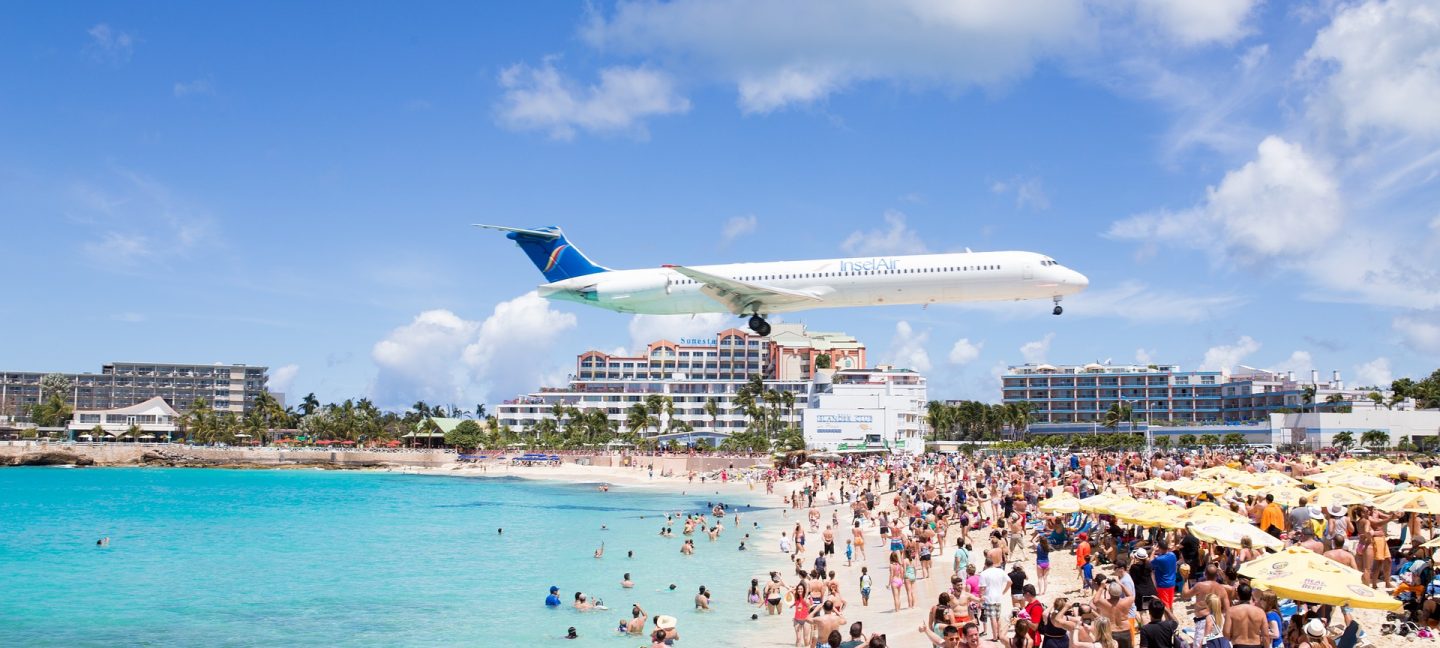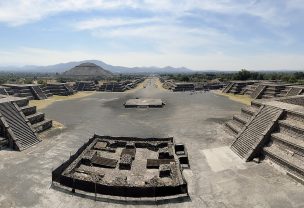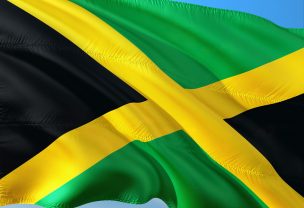Quick facts
- Full name: Collectivity of Saint Martin (French) / Sint Maarten (Dutch)
- Capital: Marigot (French) / Philipsburg (Dutch)
- Largest city: Marigot (French) / Lower Prince’s Quarter (Dutch)
- Official language: French (French) / Dutch, English (Dutch)
- Area: 53.2 km2 (French) / 37 km2 (Dutch)
- Population: 36,286 (French 2011) / 33,609 (Dutch 2011)
- Currency: Euro (EUR) 1 (EUR) = 100 cent (French) / Netherlands Antillean Guilder (ANG) 1 (ANG) = 100 cent
- Foreign tourists: 1.9 million (entire island)
- Travel risks and hazards: Hurricane season.
The island is divided between two nations since the 17th century. France and the Netherlands have the island divided with an almost equal amount of population on both sides. Both sides use a different currency and different official languages however if you want a double vacation in the price of one, this is the right place. The island boasts with two completely different cultures, the south side is influenced by the Dutch and has the islands best clubs and casinos while the north side influenced by the French has some of the best cuisine and beach parties.
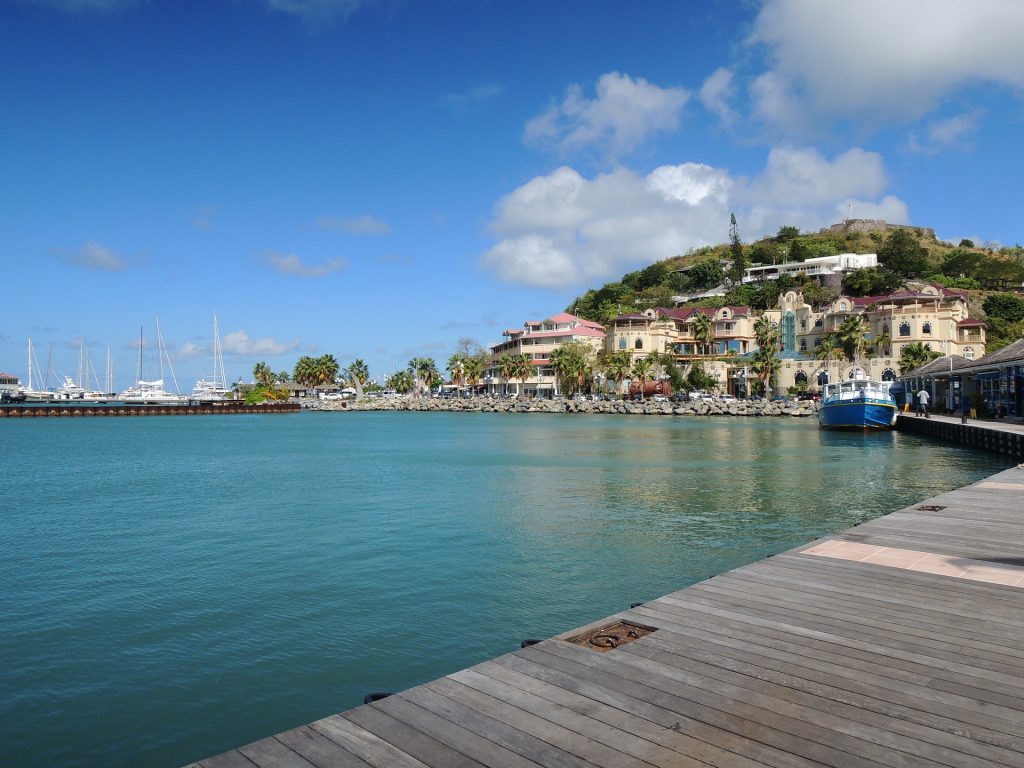
Traveling info
When visiting either side of the island, tourists from EU, USA, and Canada are exempt from obtaining a Visa however they are required to present a valid passport and a return or continuing ticket. The French citizens entering the island through the French side do not require a passport however a French ID card is required. Every other nationality is required to present a valid passport and Visa. (list in sources)
Traveling from the French to the Dutch side of the island does not require any form of visa or identification as there is no physical border. To drive on the island you are required to have your driver’s license from the country of your origin or an International Driver Permit. Such permission can only be obtained in the country your license has been issued in. Public transportation is available around the island.
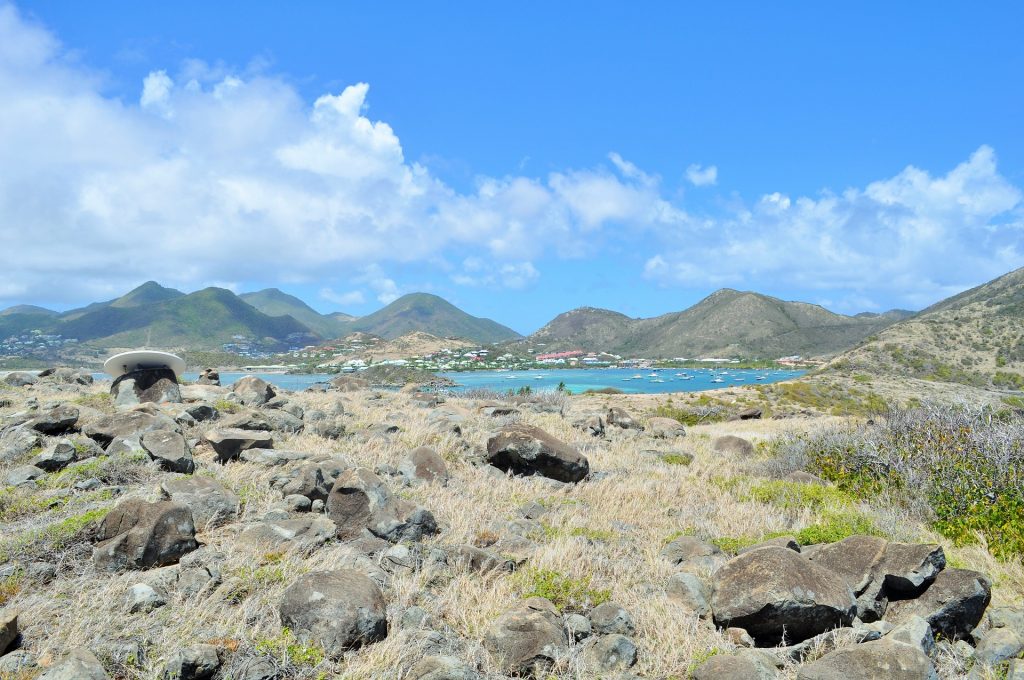
Traveling hazards
Traveling around the island is generally safe. Roads are of European standard and well maintained however roadworks may commonly occur and be an obstruction. Livestock frequently wanders on the roads and isn’t afraid of oncoming cars.
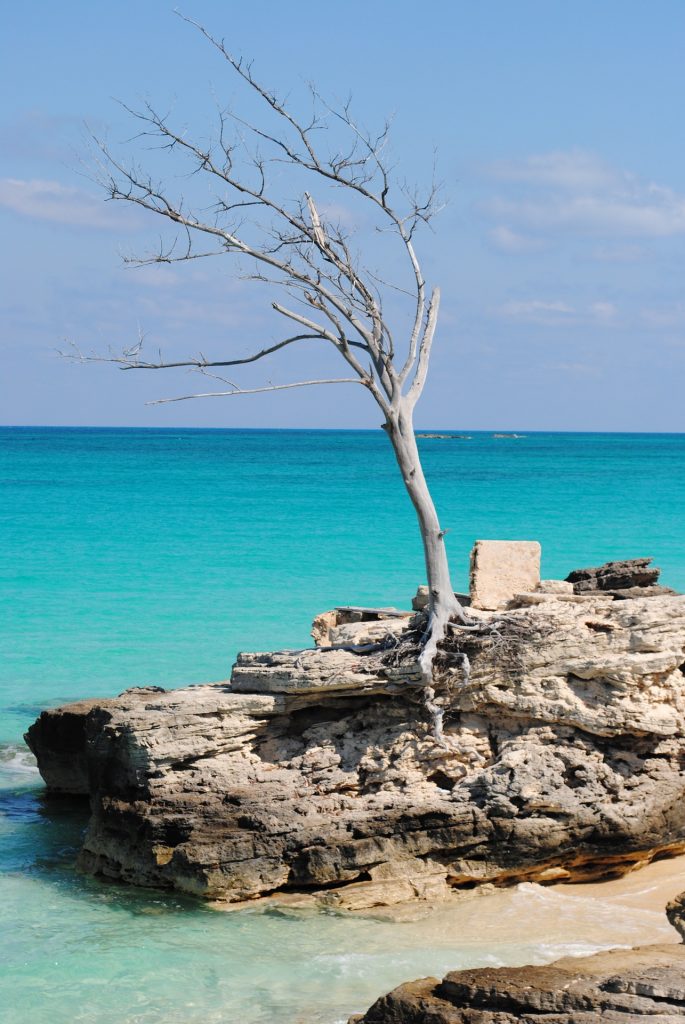
Environmental hazards
The biggest threat to humans on the island is the mosquitoes. These are plenty and everywhere. Mosquito repellents are sold in most shops around the island. The waters of the island are safe however watch out for sea urchins, stepping on them can cause a nasty sting that will have to be removed surgically. Avoid wearing shiny objects into the water as it may attract some larger fish such as a barracuda that may bite. As always avoid swimming after dusk, sharks are a very rare sight although after dusk the large predators are most active.
The island experiences a cyclone season that begins in early June and ends in late November. During that time tropical cyclones may occur and cause devastation throughout the island.
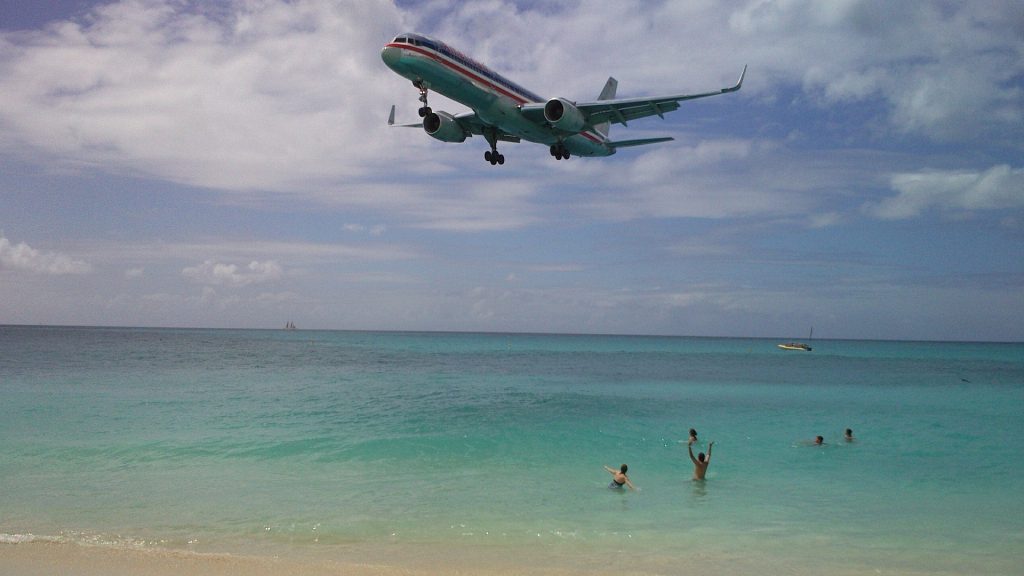
Health hazards
Both sides of the island require visitors from the countries with the risk of yellow fever to present a proof of vaccination. (list of risk countries in sources)
The recommended include the routine, Hepatitis A and B, typhoid and rabies vaccines. The healthcare is on a European standard on both sides of the island and there is public as well as the private sector. Make sure that your health insurance covers both sides of the island. Beware of mosquitoes carrying the Zika virus. Make sure to buy a repellant.
In case of emergency dial (French side) +590 (590) 52 00 52 / (Dutch side) 912 or +1 (721) 542 2111.
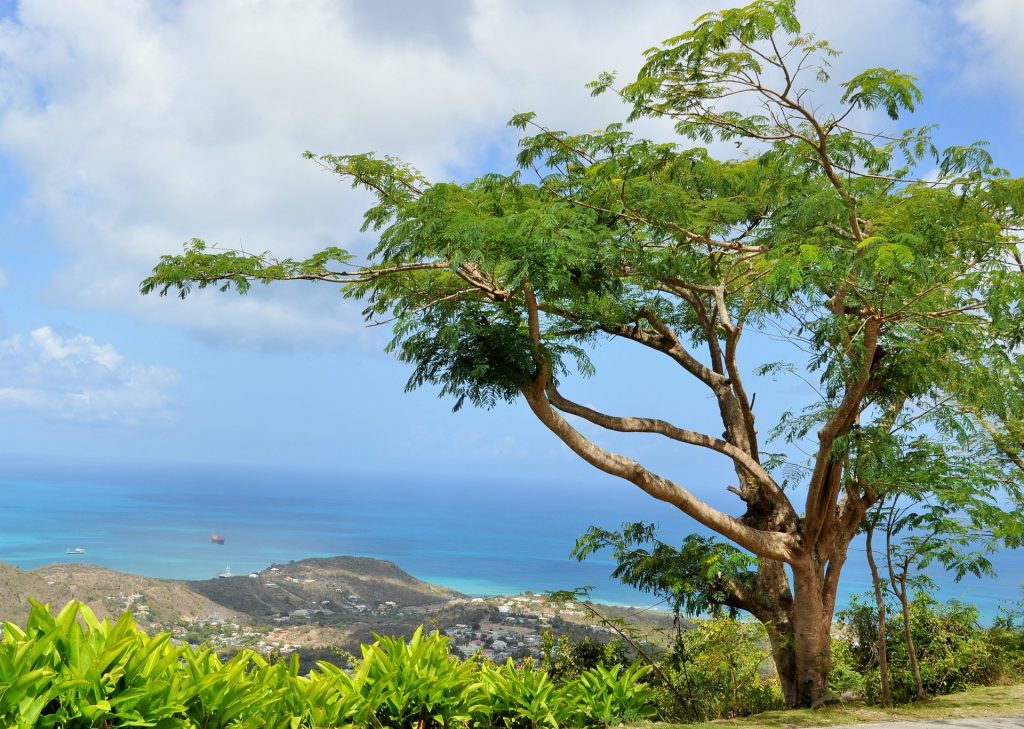
Crime
Generally, both sides of the island are safe however they are not crime free. Common sense is advised as minor theft and pickpocketing are normal. Wandering around the beaches at night should be avoided with the exception of beach parties. Walking around either Philipsburg or Marigot at night can also be dangerous unless sticking to the popular and crowded places. Wearing money belts and keeping your valuables in the hotel room safe can prevent pickpocketing and theft. Drugs of any kind are illegal on both sides of the island.
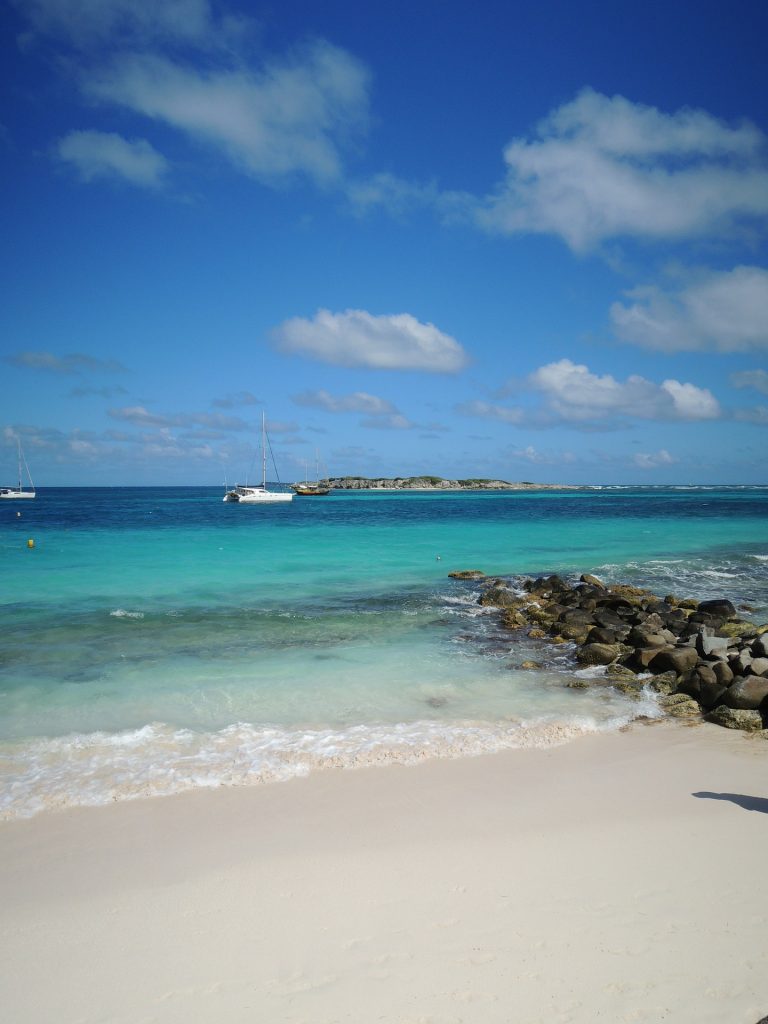
Summary
Although the island is divided between two nations, these almost act as a one without a physical border the island becomes a mixture of nationalities and cultures being an incredible experience for a first time visitor. Remember that planning your trip with Travset.com will give you the quickest information about nearest emergency services and will also help you purchase indispensable travel insurance for the trip of your lifetime. Please feel free to comment and share the experiences of your travels with Travset.com.
Sources
(Visa)
http://www.stmartinisland.org/st-martin-st-maarten-travel-information/formalities.html
(Vaccines)
https://wwwnc.cdc.gov/travel/destinations/traveler/none/saint-martin
https://wwwnc.cdc.gov/travel/destinations/traveler/none/sint-maarten



